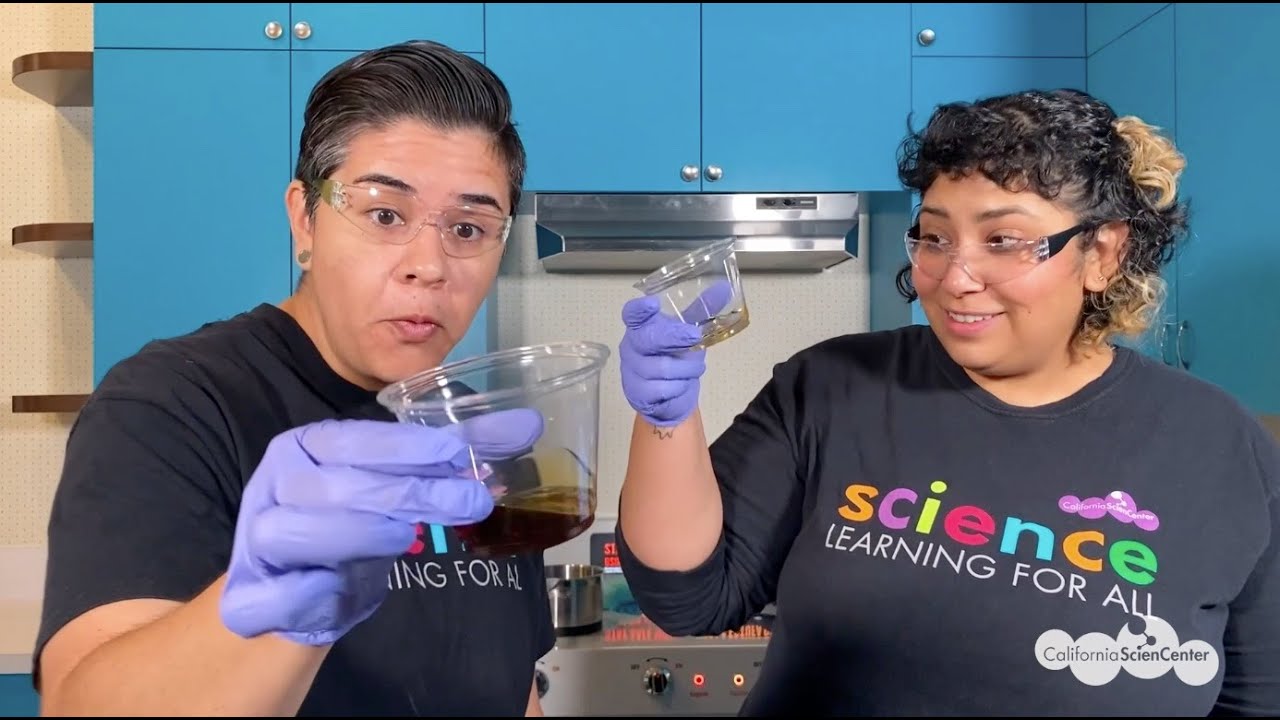- The Role of Virtual Field Trips in 5th Grade Physical Science Education
- An Overview of the California Science Center’s Virtual Offerings
- Zoological Insights Presented in the Virtual Field Trip
- Conservation Education: Highlighting Wildlife Conservation Efforts
- The Integration of Technology and Traditional Educational Methods
Virtual field trips are transforming how education is delivered, especially in subjects like physical science. They offer an interactive way to engage students beyond the brick-and-mortar classroom. In 5th grade, foundational concepts in physical science are crucial as they set the stage for future scientific learning. The California Science Center offers a comprehensive virtual field trip experience designed to enrich students’ understanding and interest in science. Virtual field trips can captivate students, providing dynamic visuals, expert demonstrations, and interactive modules. This approach not only caters to diverse learning styles but also encourages students to explore complex topics with curiosity and enthusiasm. By engaging students in this active, virtual environment, educators can break the barriers of traditional classroom settings and bring the wonders of physical science to life.
The California Science Center is a leader in offering educational resources and programs that enrich students’ understanding of science. Their virtual field trip offerings are meticulously curated to align with educational standards, ensuring that students receive maximum value. From exploring physics principles to understanding chemical reactions, the California Science Center’s virtual experiences are comprehensive and insightful. Through expertly crafted content and interactive simulations, the program offers a detailed view into scientific concepts, promoting inquiry-based learning. This dynamic interplay between technology and educational content fosters an engaging learning environment. Educators are provided with a suite of tools to facilitate impactful learning experiences. The virtual field trip acts as a bridge, expanding students’ horizons and offering them an opportunity to see real-world applications of classroom-taught concepts.
An integral part of the virtual field trip is the incorporation of zoological insights. By examining various animal behaviors, habitats, and adaptations, students gain a broader perspective on the diversity of life. Through the lens of zoology, students can explore topics such as ecosystems, food chains, and the role of predators and prey. These insights are crucial for fostering a comprehensive understanding of biological sciences and their connection to physical science principles. The visual and interactive nature of the field trip helps solidify these concepts, making them more tangible for students. This holistic approach engages learners with diverse interests and sparks curiosity about the living world.
The subject of wildlife conservation is embedded within the curriculum, emphasizing the importance of preserving biodiversity. Through the virtual field trip, students are introduced to conservation efforts and challenges facing various species. This knowledge is vital as it instills a sense of responsibility and stewardship in young learners. By understanding the impact of human actions on the environment, students can appreciate the significance of conservation initiatives. The virtual field trip highlights case studies and success stories that demonstrate the positive outcomes of conservation efforts. By empowering students with this knowledge, educators lay the groundwork for future advocates of environmental preservation.
Integrating technology into traditional educational methods is pivotal in modern-day learning experiences. The California Science Center’s approach combines the best of both worlds, offering a balanced platform that incorporates hands-on activities, virtual simulations, and interactive learning. This integration helps in making the learning experience more comprehensive and less monotonous. By using technology effectively, educators can enhance engagement and retention among students. The seamless blend of digital tools with traditional pedagogy ensures that learners not only understand theoretical content but can also apply it practically. This multimodal method caters to various learning preferences, ensuring all students, regardless of their learning style, can benefit from the education provided.
In conclusion, virtual field trips are a valuable educational tool in 5th grade physical science. The California Science Center’s offering provides a rich, dynamic learning platform that engages students, piques their curiosity, and facilitates comprehensive understanding. By synthesizing traditional educational methods with modern technology, educators can offer a more engaging and effective learning experience. With a focus on zoology and wildlife conservation, the virtual field trip not only enriches students’ understanding of physical science but also molds future stewards of the planet. Through strategic integration of these themes, educators can significantly enhance the learning experience, sparking a lifelong interest in science and conservation.
*****
Source Description
Join our educators as they investigate the difference between physical and chemical reactions in order to better understand mixtures.
0:00 Introduction
0:49 Question of the Day
1:20 Buzzword
2:04 Let’s Explore Physical & Chemical Reactions
11:00 Science Talk
16:09 Let’s Sketch!
20:42 Summary
Funding provided by the special interest license plate featuring the image of Snoopy, with permission and support from Peanuts Worldwide (Section 5169 of the Vehicle Code) for the Museum Grant Program under the California Cultural and Historical Endowment.


